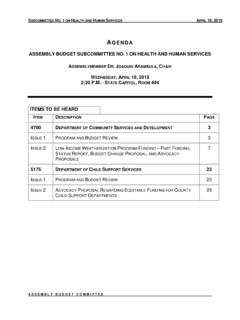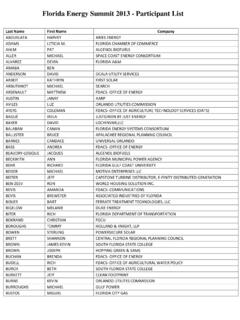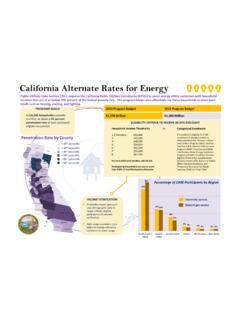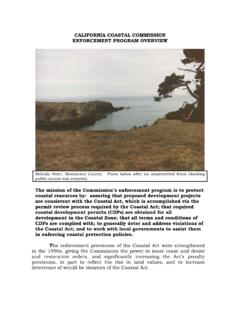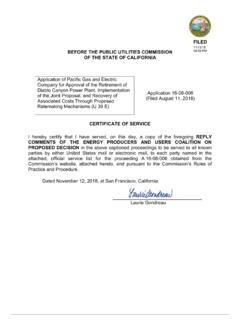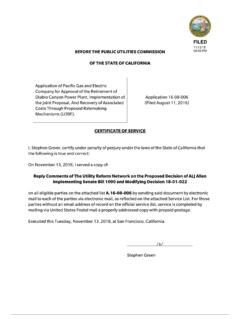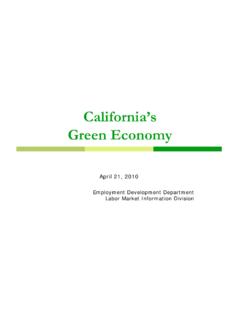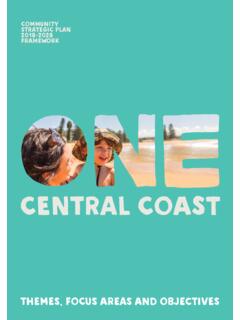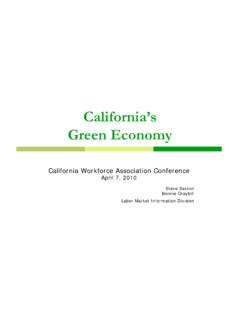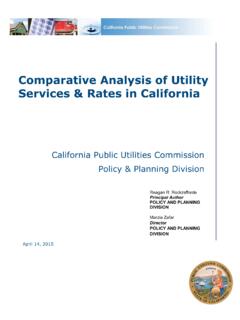Transcription of Central Coast Local Health District Eating Well
1 Eating WellA Nutrition Resource for Older People and their CarersWritten by Carolyn Bunney, Home Economist, Nutritionistand Rudi Bartl, Dietitian Nutrition services , Central Coast Local Health DistrictCentral Coast Local Health DistrictEating WellA Nutrition Resource for people and their edition 2010 Second edition 2013 Third Edition 2015 Copyright of this publication shall remain vested with Central Coast Local Health District , (CCLHD) or its part of this publication may be reproduced in any form without prior written permission of CCLHD, excepta) where permitted under the copyright act 1968 (as amended) orb) where the user of the information agrees not to reproduce the entire document and to acknowledge the source of any selected part of this publication and not to modify the information without the express prior permission of Central Coast Local Health District (CCLHD) would like to acknowledge and thank Bidfood Australia for recognising the importance of this Eating Well Nutrition Resource and for undertaking its manufacture and distribution.
2 The significant effort that this entails is very much more information, feedback or obtaining copies of this resource please contact Bidfood Australia:Website: Phone: +61 (0) 8 7088 5999 Email: listing of any person, organisation or product in any part of this publication does not imply any form of endorsement, non endorsement or support by CCLHD. Brands are inserted in this publication by way of example only. Lists of products are not intended to be exhaustive and may nutrition in older people is a major Health concern. It is estimated that 30% of people aged 60 years or older, who live independently, are at risk of malnutrition. These people tend to become sick more often and take longer to recover than those who are well nutrition is important to optimise Health , independence and quality of of any nutrition-related Health problems and timely intervention can be a big help in preventing the downward slide towards frailty that leads to loss of independence and reduced quality of life.
3 Good nutrition improves wound healing. Good nutrition helps to preserve bone mass, muscle mass and strength thus reducing the risk of falls and fractures. Good nutrition improves of the main nutrition challenges facing older Australians today is ensuring they are Eating enough nourishing food. Eating enough means being able to maintain a healthy weight and even having a little extra weight in reserve for times of illness or care organisations employ support workers who deliver a variety of services to assist and support older people in their endeavour to live in their own home for as long as possible. These people often enjoy a special relationship with those they care for and may find themselves in a position to suggest changes that will improve the wellbeing of their , playing a daily and vital role in keeping people safe and well are Carers those unpaid spouses, partners, children, other family members, neighbours and resource has been written to provide practical food and nutrition ideas and advice for older people and their carers and support in developed countries have experienced a large increase in life expectancy in recent years, and Australia is among countries with the highest life expectancy in the world.
4 The definition of who is OLD is getting older! More people are working past 70 these older people have the ambition to continue living in their home as long as possible, and this coincides with government work, day after day, for living at home is shopping for food and preparing it for meals. This work can become more difficult for an older person living alone or with a disabled are hundreds of cookbooks, some too heavy to hold, and many TV shows with exotic recipes demonstrated by celebrity chefs. But in ordinary life, across the country, older people, if they are to keep themselves independent need to be able to keep up their NUTRITION with straightforward food they know and like, so they can maintain their strength and resistance to nutrition is a bigger risk than obesity as we get short book is written specially for people ageing at home, and contains simple advice on how to keep up good nutrition.
5 The authors, Bartl and Bunney are specialists in nutrition guidance for older wrote the 'Best Practice Food and Nutrition Manual' used in nursing present book has developed from earlier drafts/editions given to older individuals and agencies for many years in the area round Gosford where the authors are on the Hospital staff. It has been discussed and checked with medical, nutrition and dietetic experts. And it has my strong and warm Truswell AO, MD, DSc, FRCPE meritus Professor of Human Nutrition, University of Sydney Contents 1. Make sure that you have a nutritious diet ..62. How to help prevent weight loss and retain muscle ..83. The importance of Eating enough protein ..94. Shopping list for nourishing, high calorie food ..145. Is that special diet necessary?.
6 156. The value of dairy foods ..207. The importance of vitamin D ..228. Is Eating three meals a day important? ..249. Having enough fluid ..2710. Eating alone ..3011. Shopping, cooking and Eating independently ..3112. Teeth, mouth or swallowing problems ..3313. Finger foods ..3614. Caring for someone with dementia ..3815. Are you a carer? ..4216. Food safety ..4417. Exercise ..4818. Malnutrition risk screening tools ..5219. Useful contacts for carers ..56A Nutrition Resource for Older People and their CarersEating Well6 Make sure that you have a nutritious dietSo often we hear these words but what does a nutritious diet really mean? Eating a variety of food is a good start as this means there is a greater chance of getting the protein, vitamins and minerals that the body needs.
7 Different foods contain different nutrients. For example, spinach and other green leafy vegetables contain folate, oranges provide vitamin C, bananas provide potassium and wholegrain bread contains thiamine. Red meat is a good source of protein, iron and zinc, while dairy foods are excellent for calcium, zinc and food from the following groups each day for variety and nutrition. Meat (beef, veal, pork, lamb, rabbit, kangaroo) fish and other seafood, poultry (chicken, duck, turkey), eggs, nuts and legumes ( chick peas, baked beans and butter beans) Milk, yoghurt, cheese, custard and ice-cream Bread, cereals, rice, pasta and noodles Vegetables FruitsFats and oils are also important. These foods provide energy (Calories or kilojoules) as well as important fat soluble vitamins such as A and D and essential fatty acids such as omega-6 and omega-3.
8 Older people should not be on a low fat appetite is poor, the food that is eaten should be nutrient and protein- rich and calorie - dense. This means that there should be as many nutrients as possible packed into every mouthful and this includes protein and calories (or kilojoules). There is information throughout this book about protein-rich, calorie-dense foods, particularly in Chapter 3 How to Help Prevent Weight Loss and Retain Muscle . There is also a shopping list of high calorie foods on page 14. Eating WellA Nutrition Resource for Older People and their Carers7 Enough food needs to be eaten in order to get the nutrients the body needs and to prevent unnecessary muscle loss and weight loss. Choose foods that will be enjoyed and, don t go you or the person you are caring for is Eating less than usual or is losing weight it could mean that they are at risk of malnutrition.
9 Early identification of people at risk is important as malnutrition can lead to poor Health , loss of mobility, loss of independence, all of which affect quality of life. The best way to determine if there is a risk of malnutrition is to use a Malnutrition Risk Screening the end of this book there are three Malnutrition Risk Screening Tools to choose from. Choose the one you risk screening tools do not diagnose malnutrition but indicates if someone is at risk of Nutrition Resource for Older People and their CarersEating Well8 How to help prevent weight loss and retain muscle Often people lose weight as they grow older however, this is not a desirable part of ageing. It is better for older people to carry a little extra weight as this will help to see them through illness and times when their appetite is poor.
10 Minimising muscle loss will help older people to maintain strength, mobility and independence. Unintentional weight loss of 3-5kg ( - 1 stone) in the last 6 months is a a person is already underweight, even one or two days of reduced food and fluid intake can rapidly lead to severe weight and muscle with a very poor appetite need more high calorie, nutritious foods and drinks in their diet every day. milkshakes, fruit smoothies and nourishing protein and calories will need to be eaten at main meals and throughout the day to help prevent muscle and weight to the shopping list on page 14 for high calorie foods to is important that older people weigh themselves (preferably weekly and at the same time of day) and record these weights to show their doctor or who have become used to Eating very small meals can be encouraged to eat a little more each day, and slowly dial up their appetites.

